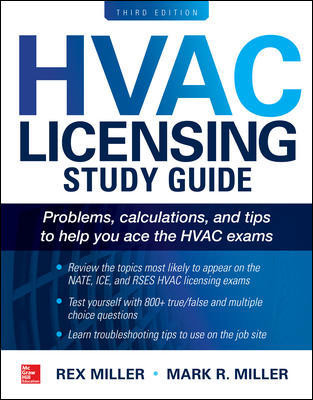Traditionally, the BAS contractor will provide a substantial set of control system schematics, wiring diagrams, points lists, and sequences of operation — but only for the equipment and systems monitored and/or controlled by the BAS. Any information regarding on-board equipment controllers is traditionally found in the O&M manuals for those pieces of equipment. This approach has been fragmented and annoying, but eventually the building operations personnel figure out where to go to find the information they need.
With the increased level of integration and communication between on-board controllers and the BAS however, this is no longer even close to sufficient for understanding how the overall system is intended to operate. With an integrated HVAC system, it is imperative to have integrated as-built control system documentation. The challenge is that no one is tasked with developing that documentation on most design and construction projects.
In my July and August 2012 “Commissioning” columns, I covered the challenge of handling and documenting the potentially large number of points shared between the BAS and the individual on-board equipment controllers. Although this takes a team effort (design engineer, equipment manufacturer, BAS contractor, and owner’s O&M representatives), it seems logical that responsibility for the final as-built documentation of those points and how they are used by the BAS should fall on the BAS contractor.
The BAS contractor should document each incoming point from equipment controllers and whether those points are for monitoring only, monitoring and alarming, or for use in a BAS control sequence. The BAS contractor should also be responsible for documenting which BAS points will be sent from the BAS to the on-board controllers.
This is where the documentation usually becomes fragmented and difficult to follow with respect to integration coordination and verification. We have yet to see an initial equipment O&M manual that details the customized on-board controller sequences of operation with acknowledgement of specific incoming BAS points. Equipment O&M manuals typically include generic sequences of operation with numerous options for hardware features and control sequences. Which options and features are included in the installed piece of equipment and which control sequences were actually selected for implementation remains a mystery.
It is possible, with great effort and multiple “revise and resubmit” cycles, to obtain customized on-board equipment controller sequences of operation — including documentation of incoming BAS points and their disposition — that reflect the as-built operation of those controllers. This is the least that should be expected of the as-built O&M manuals to make them meaningful for current and future O&M staff.
However, in practice, the fragmented systems operations documentation (e.g., part of the system documented in the BAS manual and part in the equipment manuals) is frustrating for O&M staff operating and troubleshooting system performance, and for future designers planning system upgrades, modifications, or expansions. The fragmented documentation has a high potential to result in confusion and mistakes when addressing one part of the system without understanding the implications to the other parts.
For example, we need to put an end to the days when the BAS manual for a rooftop unit documents the details of modulating the supply fan VSD to maintain a supply duct static pressure setpoint but has a dashed box around the economizer, heating valves, and cooling valves with a note that states, “By Others.” Similarly, on the same rooftop unit, there could be a BAS space humidity sensor for monitoring purposes but a dashed box around the humidifier itself with the same “By Others” note.
If the goal is fully integrated building systems, we need fully integrated documentation in order to understand and maintain them. I don’t have a strong opinion one way or the other regarding which design/construction team member should be responsible for the integrated documentation, but I do believe a single control system manual is imperative. That manual should start with the traditional BAS as-built manual and integrate all of the on-board controller points (not just the shared points) and sequences of operation.
This type of documentation is a part of the systems manual required to achieve the enhanced commissioning credit for LEED® projects. However, I believe it should be a prerequisite for any project which integrates on-board equipment controllers with a central BAS, whether or not the project is pursuing LEED certification. ES






